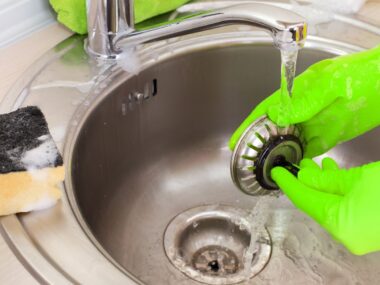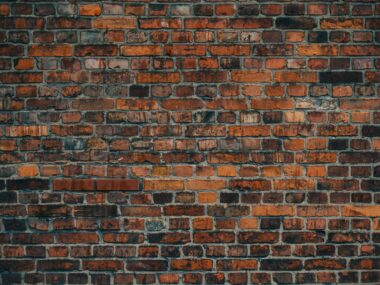Linoleum is a durable, eco-friendly flooring material made from linseed oil, cork dust, wood flour, and other natural ingredients. It was invented in the mid-19th century as an alternative to traditional floor coverings like waxed canvas or oilcloth. Today, linoleum is available in a wide range of colors and patterns, making it a popular choice for both residential and commercial applications. Thanks to its durability and easy maintenance, linoleum is an excellent choice for high-traffic areas like kitchens, bathrooms, and entryways. It’s also a great option for people with allergies or sensitivities to dust and chemicals, as linoleum is naturally antimicrobial and hypoallergenic.
How to clean linoleum floors with ground in dirt
Linoleum floors are easy to clean and maintain with regular sweeping and mopping. For ground-in dirt and tough stains, you can use a strong, natural cleaner like vinegar or baking soda. Just make sure to rinse the floor well afterwards so it doesn’t become slippery. You can also buy commercial cleaners specifically designed for linoleum.
How to repair damaged linoleum floors
Linoleum is a very tough and durable material, but it can still be damaged by heavy impacts or sharp objects. If you have a small dent or scratch in your floor, you can usually fix it with a little bit of elbow grease and a household cleaner. For bigger repairs, you may need to replace the damaged piece of linoleum. You can buy pre-cut tiles or sheets from most hardware stores, or you can have a custom piece cut to fit your floor.
How to care for linoleum floors
Linoleum is a low-maintenance flooring option, but there are a few things you can do to keep it looking its best. sweep or vacuum your floor regularly to remove dirt and dust. mop with a damp cloth or mop, using only water or a mild cleaner. avoid harsh cleaners, scrubbers, and abrasive pads, which can damage the surface of the linoleum. if you spill something on your floor, wipe it up immediately.
Linoleum is a great choice for both homes and businesses thanks to its durability, ease of maintenance, and eco-friendly credentials. With a little bit of care, your linoleum floor will stay looking good for years to come. Linoleum floors are easy to keep clean with regular sweeping and mopping. You can remove ground-in dirt and tough stains by using a strong, natural cleaner like vinegar or baking soda. Just make sure to rinse the floor well afterwards so it doesn’t become slippery. You can also buy commercial cleaners specifically designed for linoleum.
The different types of linoleum flooring
Linoleum comes in both sheet and tile form, and it can be cut into a variety of shapes and sizes. It’s also available in a wide range of colors and patterns, making it a popular choice for both residential and commercial applications.
Linoleum tiles are the most popular type of linoleum flooring. They’re easy to install and come in a variety of sizes, colors, and patterns. Linoleum sheet flooring is a good choice for larger rooms or areas where you want a seamless look. It comes in rolls that are typically 6 to 12 feet wide.
Linoleum vs. vinyl flooring
Linoleum and vinyl flooring are often confused for one another, but they are actually two very different materials. Linoleum is made from natural ingredients like linseed oil, cork dust, wood flour, and other substances. Vinyl, on the other hand, is a synthetic material made from PVC or other plastic resins. Linoleum is more durable and eco-friendly than vinyl, but it can be more expensive. Vinyl is less expensive and easier to install, but it’s not as durable or eco-friendly.
Linoleum is a popular choice for both residential and commercial applications thanks to its durability, easy maintenance, and eco-friendly credentials. With a little bit of care, your linoleum floor will stay looking good for years to come.






